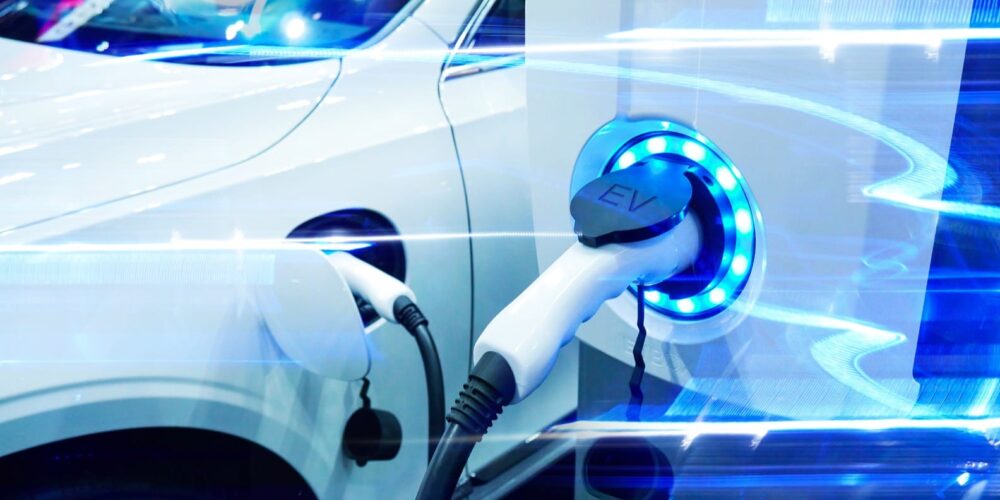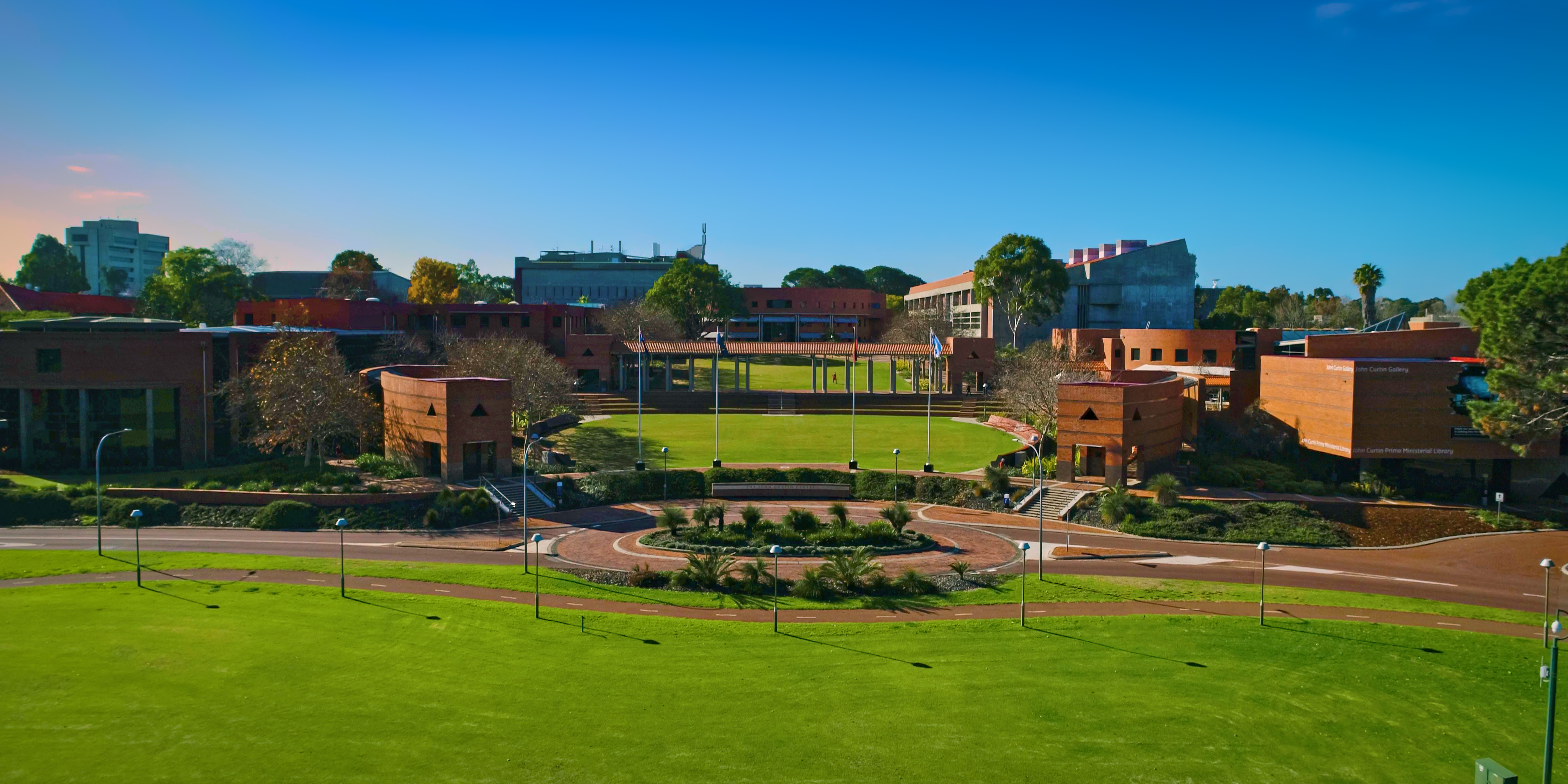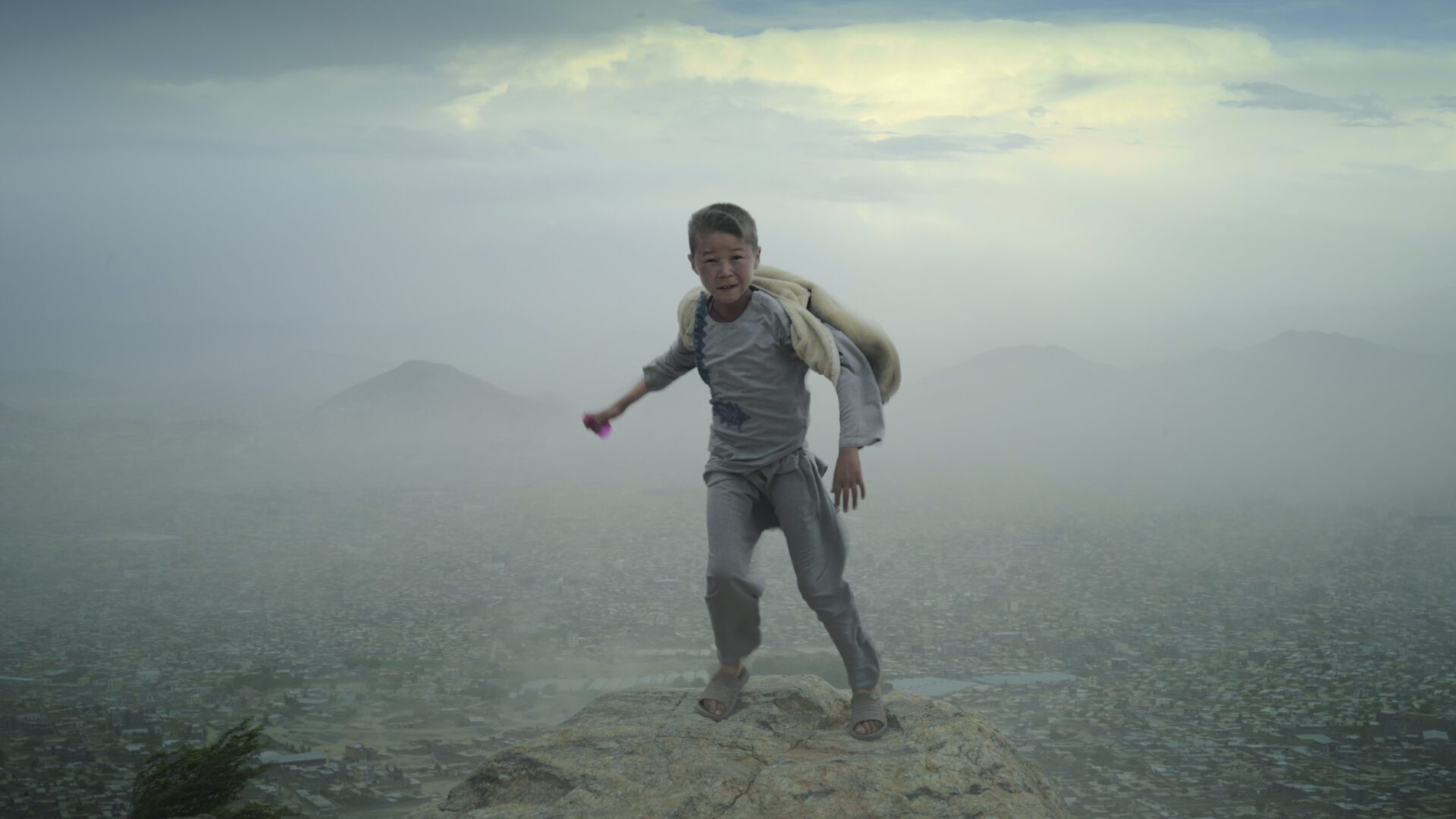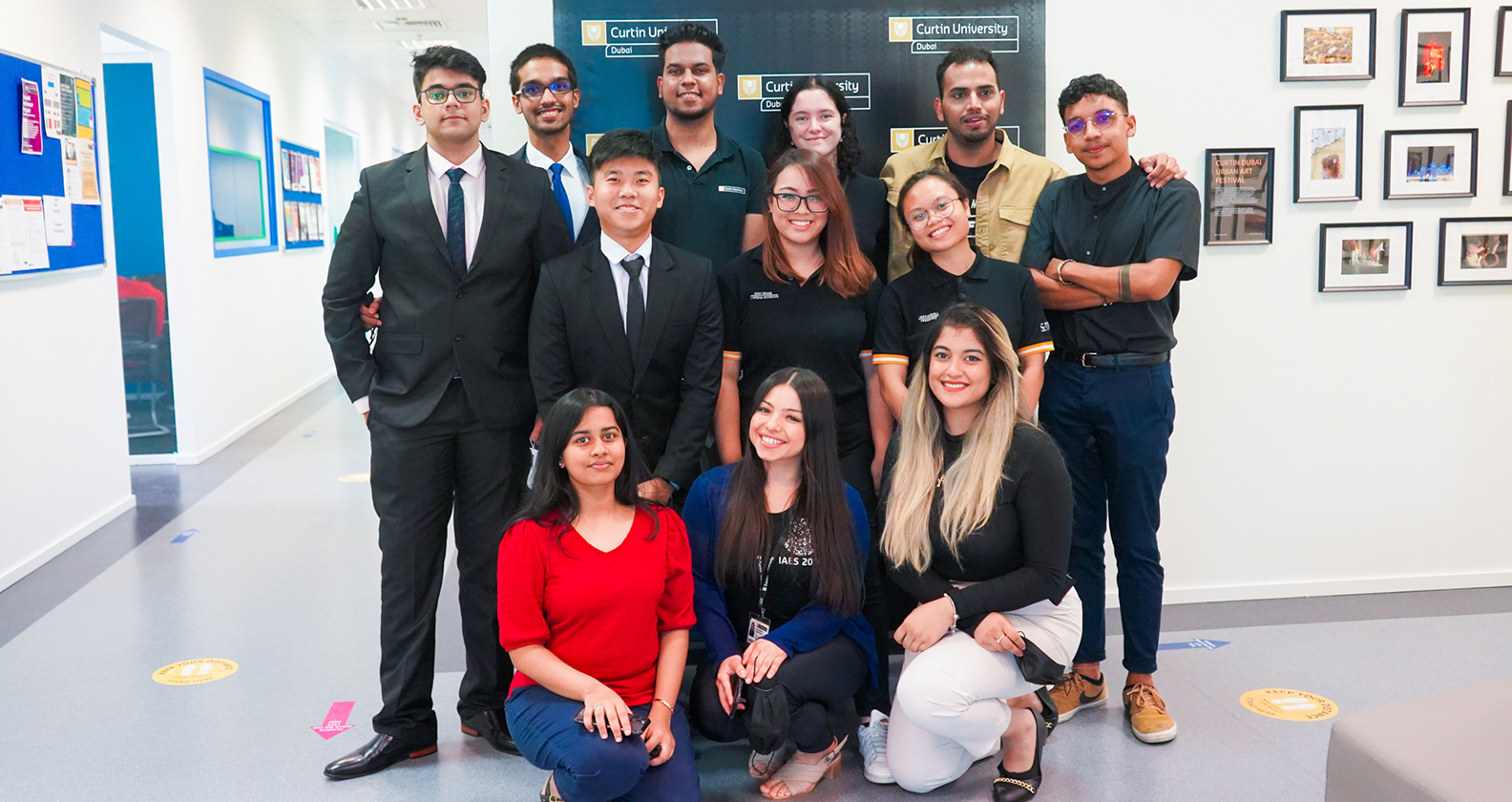Making the Lithium Valley dream a reality

The battery technology industry is about to boom — increasing tenfold by 2030 — and Western Australia, with its vast wealth of lithium and other next-gen battery making minerals, is ideally placed to become the epicentre of the global battery industry.
To help capitalise on this potential, Curtin University is leading the bid for a $100 million cooperative research centre (CRC) focused on future battery technology. The bid is backed by prominent mining and energy sector companies, including BHP Billiton and several major renewables businesses, industry associations, universities and state and local governments.
The CRC would complement the nascent $400 million Tianqi lithium refinery and plans for a new economic zone in Perth’s Kwinana region, dubbed ‘Lithium Valley’, which could create more than 100,000 jobs and generate $50 billion in economic activity per annum.
The developments could see Australia taking a strong lead in an emerging multi-billion dollar industry, meeting rising international demand for batteries for the home, automotive industry and defence systems.
While Australia is currently capturing only 0.5 per cent of lithium’s ultimate value through export, the CRC’s goal is to make Australia a strategic international provider of the entire battery industry value chain, adding value to the refining and manufacturing processes – a move away from Australia’s traditional export model.
Proposed research areas include finding new ways to extract and refine battery metals and minerals, optimising the ways to produce battery-grade chemicals, reducing waste products, developing and testing new battery minerals and new-generation batteries, researching potential applications for battery use across the economy, and recycling and redeploying battery materials.
Boasting an abundance of metals used in battery manufacture including lithium, cobalt, vanadium, tin, tantalum, nickel, manganese, magnesium and rare earths, WA also has an established and sophisticated mining industry.
Chairman of Curtin University’s bid, Tim Shanahan, says that while the region ticks all the right boxes, time is of the essence.
“Australia has all the minerals, and we have an emerging sector that is looking to take advantage of those minerals through downstream processing. We’re seeing it already with the lithium hydroxide plants being built at Kwinana,” Shanahan says.
“But for Australia to really seize this opportunity, we need to move fast because things are moving very quickly around the world. China and South America are also moving on this. We can’t be complacent.”
The WA Government has tipped $5.5 million into the bid, which is perhaps not surprising given WA is home to the world’s largest lithium mine, Greenbushes, and a string of battery minerals projects are in the pipeline. Shanahan says the willingness of industry to also support the bid had provided a competitive funding tower for the CRC, but more partnerships were being sought with overseas companies, including battery manufacturers.
“We don’t have a large-scale battery manufacturer in Australia, and that’s one of the objectives of the governments supporting the CRC — putting in place the conditions where you might attract battery manufacturers to Australia,” he says.
“We’re not at the pointy end of trying to get overseas companies to come to Australia, but I think the CRC can create an environment where companies could make an investment decision and feel confident that the supporting infrastructure for their operations is in place.
“Battery manufacturers want to know where all their materials are coming from and make sure they’re being produced in an ethical and environmentally appropriate manner. The CRC would be an essential part of that picture.”
He says he is hopeful the number and weight of the bid’s partners, the money raised, the strong government support and the globally significant researchers involved, together with a cohesive research program, makes them highly competitive.
Whatever happens next, creating a world-class research and development facility that is supported by industry and government is going to be key if Australia is going to become a global leader in a battery-powered future.
The successful bid will be announced in March 2019.



